We use affiliate links to run our site. When you buy through links on our site, we may earn an affiliate commission, without any added cost to you. Learn more
Welcome to an exciting guide on low-maintenance evergreen plants for pots. In this article, we will explore the benefits of choosing these plants, identify the top 10 options, provide tips for successful cultivation, and offer suggestions for enhancing their aesthetic appeal. Whether you are a seasoned gardener or a beginner, you’ll find valuable information to create beautiful and hassle-free green spaces.
Benefits of Low-Maintenance Evergreen Plants:
When it comes to gardening, low-maintenance evergreen plants offer numerous advantages. Let’s delve into the key benefits that make them a popular choice:
- Year-Round Greenery: One of the primary reasons for selecting evergreen plants is their ability to provide year-round greenery. Unlike deciduous plants that shed leaves during certain seasons, evergreens retain their foliage, ensuring a vibrant and visually appealing garden regardless of the time of year.
- Minimal Care Requirements: Low-maintenance evergreen plants require minimal care and attention. They are hardy and resilient, perfect for busy individuals or those with limited gardening experience. These plants can thrive with minimal watering, fertilizing, and pruning, allowing you to enjoy their beauty without constant upkeep.
- Versatile and Adaptable: Another advantage of evergreens is their versatility and adaptability. They can be grown in various pot sizes, making them suitable for balconies, patios, or even indoor spaces. Additionally, these plants can tolerate different light conditions and thrive in a range of climates, giving you the freedom to create green corners wherever you desire.
Top 10 Low Maintenance Evergreen Plants for Pots:
Plant 1: Dwarf Alberta Spruce (Picea glauca ‘Conica’)
Dwarf Alberta Spruce is a compact evergreen conifer with a conical shape, featuring dense, bright green needles that maintain their color year-round. Its small size and symmetrical form make it an ideal choice for pot gardening.
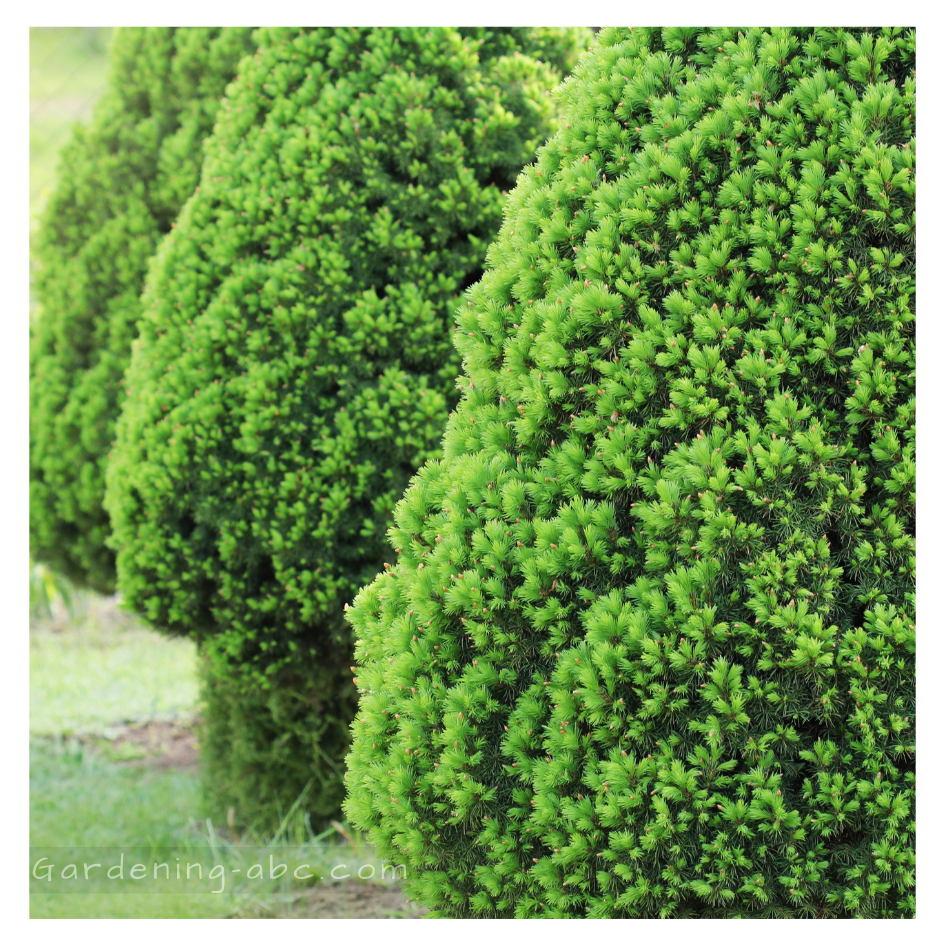
Care Requirements:
This plant requires full sun to partial shade and well-draining soil. It is relatively low maintenance and only needs occasional watering, especially during dry periods. Pruning is not typically necessary, but you can trim it lightly to maintain its desired shape.
Ideal Growing Conditions:
Dwarf Alberta Spruce thrives in cool to temperate climates and is hardy in USDA zones 2-8. It prefers cooler summers and is well-suited for outdoor pots in gardens or on balconies.
Plant 2: Japanese Holly (Ilex crenata)
Japanese Holly is a compact evergreen shrub that features small, glossy leaves and a dense, bushy habit. It adds an elegant and formal touch to container gardens with its neat and tidy appearance.
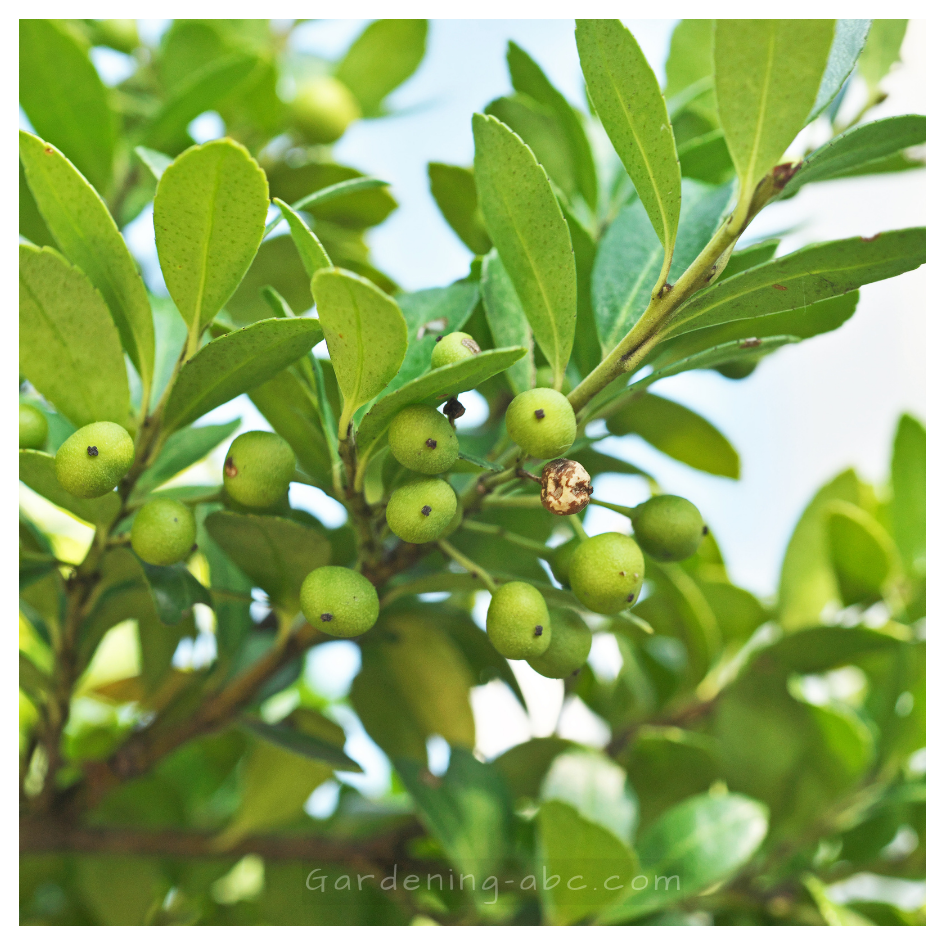
Care Requirements:
This plant prefers partial shade to full sun and well-draining soil. It is relatively low maintenance and requires regular watering to keep the soil evenly moist. Pruning can be done to shape the plant, but it is not essential.
Ideal Growing Conditions:
Japanese Holly is adaptable to various climates and can thrive in USDA zones 5-9. It is suitable for both outdoor and indoor container gardening.
Plant 3: Boxwood (Buxus)
Boxwood is a classic evergreen shrub known for its dense, compact foliage and versatile growth habit. It comes in various cultivars, offering options for different sizes and shapes to suit your container garden design.
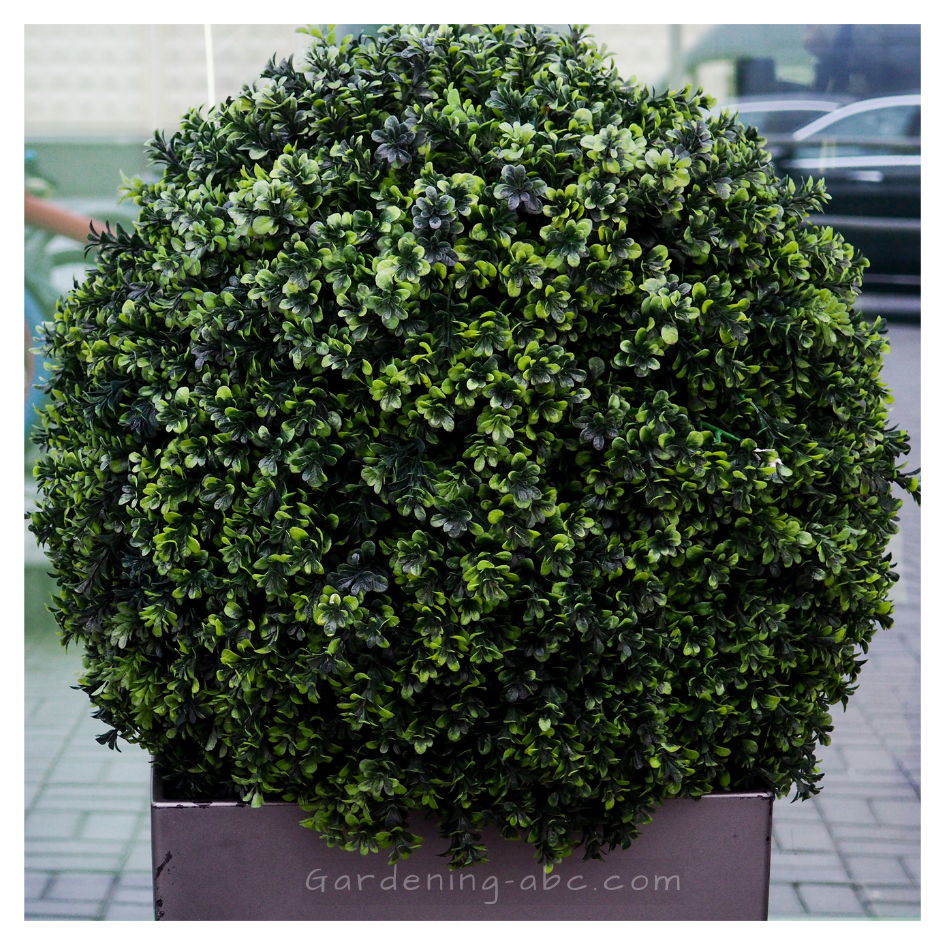
Care Requirements:
This plant prefers partial shade to full sun and well-draining soil. It requires regular watering, especially during hot and dry periods. Pruning can be done to maintain its shape and promote bushiness.
Ideal Growing Conditions:
Boxwood is adaptable and can thrive in USDA zones 4-9, depending on the cultivar. It is well-suited for outdoor container gardening.
Plant 4: Bay Laurel (Laurus nobilis)
The Bay Laurel is an evergreen tree with aromatic, dark green leaves that are commonly used as a culinary herb. It has a dense, pyramidal growth habit and can reach a height of up to 30 feet in the ground, but can be kept smaller in a container through pruning.
Care Requirements:
Bay Laurel prefers well-draining soil and should be watered regularly, allowing the soil to dry out slightly between waterings. It requires moderate sunlight and should be placed in a spot that receives full sun or partial shade.
Here is the full guide on how to grow bay laurels In the garden
Ideal Growing Conditions:
Bay Laurel is hardy to USDA zones 8 to 11 and can tolerate temperatures down to 15 degrees Fahrenheit (-9.4 degrees Celsius). It is a low-maintenance plant that thrives in containers and is well-suited for patios or outdoor terraces.
Plant 5: Rosemary (Rosmarinus officinalis)
Rosemary is a fragrant evergreen herb with needle-like leaves and delicate blue flowers. Its compact growth habit and aromatic foliage make it a popular choice for both culinary and ornamental purposes in pots.
Care Requirements:
This plant thrives in full sun and well-draining soil. It is drought-tolerant and requires minimal watering once established. Pruning can be done to maintain its shape and encourage bushiness.
Ideal Growing Conditions:
Rosemary is adaptable and can thrive in various climates, particularly in USDA zones 8-10. It is suitable for outdoor container gardening and can be grown indoors in sunny locations.
Plant 6: Dwarf Hinoki Cypress (Chamaecyparis obtusa ‘Nana Gracilis’)
This dwarf evergreen conifer has a graceful and elegant appearance. It showcases soft, feathery foliage in a vibrant green color, adding a touch of sophistication to any pot or garden.
Care Requirements:
Dwarf Hinoki Cypress requires moderate watering and occasional pruning to maintain its compact form. It is relatively low-maintenance.
Ideal Growing Conditions:
It prefers well-drained soil and thrives in full sun to partial shade. It is hardy in USDA zones 4 to 8.
Plant 7: Heavenly Bamboo (Nandina domestica)
Description: Heavenly Bamboo is an evergreen shrub with bamboo-like stems and delicate, lacy foliage that changes colors throughout the year. It offers vibrant red foliage during fall and winter.
Care Requirements:
Heavenly Bamboo is drought-tolerant once established and requires minimal pruning. It is generally pest and disease-resistant.
Ideal Growing Conditions:
It prefers well-drained soil and can thrive in full sun to partial shade. Heavenly Bamboo is suitable for USDA hardiness zones 6 to 9.
Plant 8: Olive Tree (Olea europaea)
Olive trees add a Mediterranean touch to outdoor terraces and make dignified container trees. Choose fruitless varieties to avoid dealing with dropped fruit.
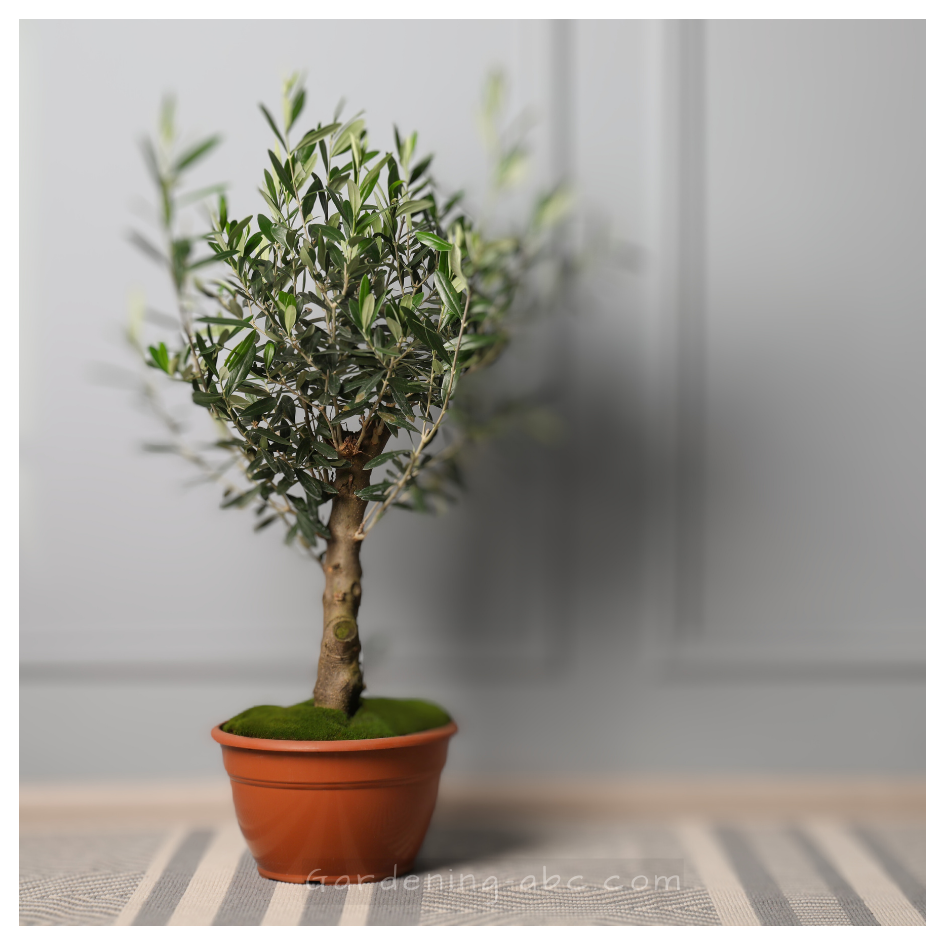
Care Requirements:
Use a good-sized container with well-draining soil and place it in a sunny location. Provide consistent moisture and shelter in winter for cold climates.
Ideal Growing Conditions:
Hardy to 15 degrees Fahrenheit (zones 8 to 10), moderate water requirement, full sun, and can grow up to 20 to 30 feet tall and 15 to 25 feet wide (easily kept smaller in a container with pruning).
Plant 9: Lavender (Lavandula spp.)
Lavender is a fragrant herb with narrow, gray-green foliage and beautiful purple or blue flowers. It is known for its calming aroma and attracts pollinators to the garden.
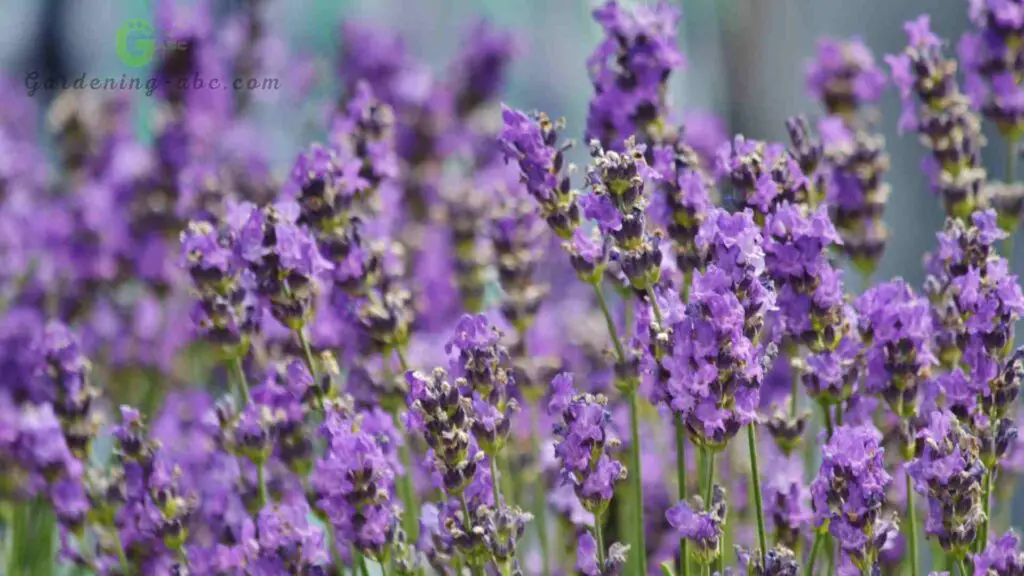
Care Requirements:
Lavender requires well-drained soil and minimal watering once established. Regular pruning after flowering helps maintain its shape and promotes bushier growth. It thrives in full sun and is drought-tolerant.
Ideal Growing Conditions:
Lavender is adaptable to various climates, but it prefers sunny and dry conditions. It can be grown in pots and placed in areas with ample sunlight.
Tips for Growing Evergreens in Pots:
Choosing the Right Pot:
When selecting a pot for your evergreen plants, opt for one that is appropriate in size and material. Ensure the pot has drainage holes to prevent waterlogging and promote healthy root growth.
Consider the aesthetics of the pot, as it can enhance the overall visual appeal of your plant.
Selecting the Proper Soil:
Use a well-draining potting mix specifically formulated for container gardening. This type of soil retains adequate moisture while allowing excess water to drain away.
Avoid heavy soils that can lead to waterlogged roots and potential plant problems.
Providing Adequate Drainage:
As mentioned earlier, proper drainage is crucial for the health of your evergreen plants. Place a layer of gravel or broken pottery pieces at the bottom of the pot to facilitate drainage.
This helps prevent the roots from sitting in standing water, which can cause root rot.
Watering and Fertilizing:
Evergreen plants in pots require regular watering, but be mindful not to overwater them. Allow the soil to dry slightly between watering sessions.
During hot and dry periods, increase the frequency of watering. Apply a balanced slow-release fertilizer or use a liquid fertilizer diluted according to the manufacturer’s instructions.
Pruning and Maintenance:
Pruning helps maintain the shape and size of your evergreen plants. Trim any dead or damaged branches and shape the plant as desired.
Regularly check for signs of pests or diseases, and take appropriate measures if any issues arise.
Enhancing the Aesthetic Appeal:
Add Complementary Plants:
To enhance the beauty of your evergreen plants, consider adding companion plants that complement their foliage colors and textures. Choose plants with similar light and water requirements to create a harmonious and visually appealing arrangement.
Use Decorative Containers:
Opt for decorative containers that match your personal style and the overall aesthetic of your garden. Experiment with different shapes, colors, and materials to create a visually striking display. Remember to select containers that provide adequate space for your evergreen plants to grow.
Incorporating Garden Accessories:
To further enhance the aesthetic appeal, incorporate garden accessories such as decorative stakes, trellises, or statues. These additions can add a touch of personality and create focal points within your garden.
Conclusion:
In conclusion, low-maintenance evergreen plants for pots offer a multitude of benefits, including year-round greenery, minimal care requirements, and versatility. By selecting the right plants and following proper cultivation techniques, you can create beautiful, thriving green spaces with ease.
Remember to choose suitable pots, provide proper soil, ensure drainage, water, and fertilize appropriately, and maintain your plants through pruning and monitoring for pests and diseases.
By enhancing the aesthetic appeal with complementary plants and decorative containers, you can create a captivating and low-maintenance garden that brings joy throughout the year.
How often should I water evergreen plants in pots?
The watering frequency depends on various factors such as plant species, pot size, climate, and season. As a general guideline, check the moisture level of the soil regularly and water when the top inch feels slightly dry. Avoid overwatering, as it can lead to root rot.
Can I keep evergreen plants indoors?
Yes, many evergreen plants are suitable for indoor environments. Choose varieties that can thrive in low light conditions and adapt well to indoor temperatures. Place them near windows to provide sufficient light and ensure proper air circulation within the room.
Do low-maintenance evergreen plants require sunlight?
While the light requirements may vary among different evergreen plants, most of them thrive in partial to full sunlight. Ensure they receive at least 4-6 hours of direct or indirect sunlight each day. Adjust the placement of your pots accordingly to meet their light needs.
Are there any specific pests or diseases to watch out for?
Evergreen plants in pots are generally resilient to pests and diseases. However, common issues may include aphids, scale insects, and fungal diseases like powdery mildew. Regularly inspect your plants for signs of infestation or disease and take appropriate measures such as using organic insecticides or fungicides if necessary.
Can I propagate evergreen plants from cuttings?
Yes, many evergreen plants can be propagated from stem or leaf cuttings. Take cuttings from healthy and mature plants, dip them in rooting hormone, and plant them in a well-draining potting mix. Provide the right conditions of warmth and humidity to encourage root development.
Amazon and the Amazon logo are trademarks of Amazon.com, Inc, or its affiliates.

Hi there! My name is Prasenjit and I’m an avid gardener and someone who has grown a passion for growing plants. From my hands-on experience, I have learned what works and what doesn’t. Here I share everything I have learned.
